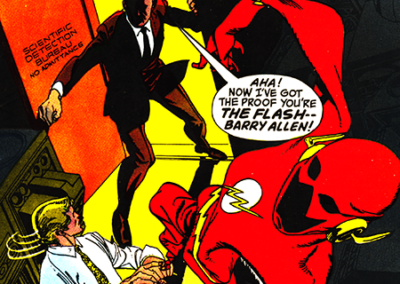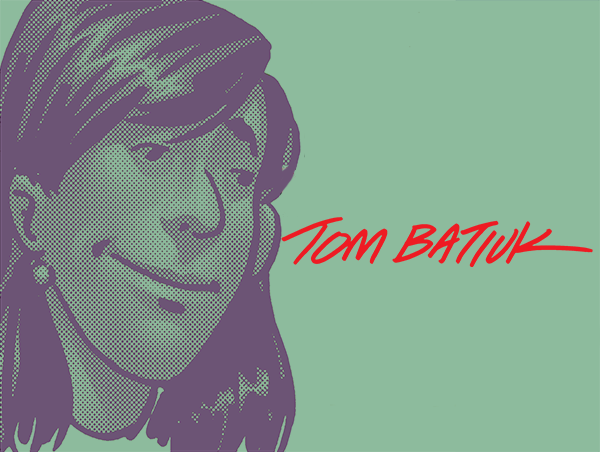
For some time now, editor in chief Jay Kennedy was the individual who had my back at King Features. He had been instrumental in helping me usher difficult work to the comics page. I took Lisa’s story in to King, and the same measures that we had used to support my work in the past were undertaken without a hiccup. Okay, there was a hiccup. I had previewed the entirety of the story with Jay and King, and things seemed to be progressing as they had previously, a process I’ve detailed more than once in these intros. It was a summer afternoon, and I was in our sunroom typing up some scripts when I got a call from Jay sounding more concerned than I ever recall him being. He was growing uneasy about the backlash that Lisa’s death was going to cause with readers—and by extension newspaper editors. Even though much of Lisa’s story was already finished, he wanted me to make a secondary character be the one with cancer and the one who dies. He said that people cared so much about Lisa that there would be a powerful outcry, and I pointed out that it was their caring about Lisa that would make the story resonate. I asked him if he was familiar with the trope of the crew members on Star Trek who wore the red shirts. Whenever a secondary crew member showed up wearing a red shirt, they would invariably die before the end of the show. Almost without exception. However, since there was no investment in the characters, they were meaningless deaths that never caused anyone to care. I told Jay I wasn’t going to put a red shirt on one of the strip’s supporting characters. Jay was a little upset, but after he hung up, to his credit, he returned with even more vigor to the support of the work. As Jay the corporate executive, he was trying to protect King Features’ bottom line by not losing any papers. As Jay the friend, he didn’t want to see me implode my career. It was a totally human and understandable hiccup, but a hiccup nonetheless. Why I was so nonplussed by that little wobble is difficult to fathom. I worry about a lot of things, but, somehow, Lisa’s story didn’t worry me. In retrospect it probably should have because the stakes were pretty high, but, if I had been focusing on the gravity of the real-world consequences rather than the work itself, it would have warped the entire creative process.
Jay and I were having dinner at a favorite vegetarian restaurant of mine on a rainy evening in New York City. It was the late fall of 2006, and I had flown to the city to present the completed Lisa’s Story material, the model sheets depicting the older look of my characters, as well as the forthcoming book from the KSU Press, all of which I planned to discuss with Jay and the others at the syndicate offices the next day. That night, however, Jay and I talked about other things. It was there that I learned that Jay had threatened legal action against a Sunday comics section printer/packager when they at first refused to print a Sunday strip of mine dealing with teen suicide. We also talked about Jay’s education (he studied art in college), his book (Jay was a recognized authority on underground comics), my career (no comment), and the meaning and purpose of art (he recommended reading Tom Wolfe’s The Painted Word). We finally got around to a serious discussion of where to find bootleg CDs and the best pizza in the city (according to Jay it was St. Marks Place and Stromboli’s). It was an enjoyable evening and left me looking forward to many more down the line. That trip to New York would be the last time I would ever see Jay. He died in early 2007 in a swimming accident while on vacation in Costa Rica. He never got to see the success of Lisa’s Story that he helped to bring about, and that thought as well as the loss of his friendship always makes me sad.
From the introduction to The Complete Funky Winkerbean Vol. 12





